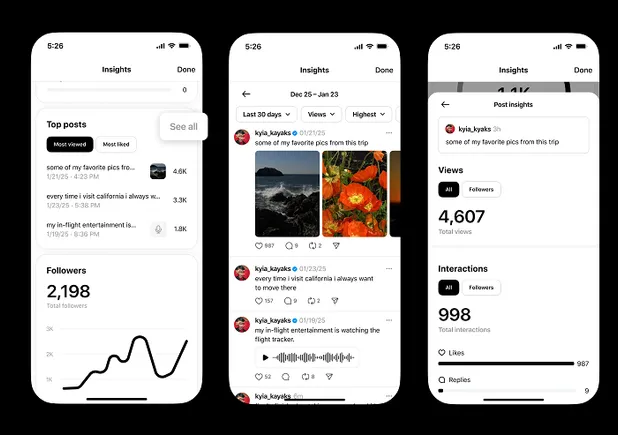Adobe’s recent announcement of a definitive merger agreement to acquire web-first collaborative design platform Figma was remarkable, at first sight, because of the cost. $20 billion. Okay, Salesforce paid more for Slack, but compare it to the $1.5 billion Adobe paid for Workfront. It’s a big deal.
What’s interesting, of course, is why the big deal happened and how it fits into Adobe’s overall strategy.
It’s all about roots. My contention is that this all stems from Adobe’s roots. The big players in what was once known as the “marketing cloud” space, but might now be better called the “customer experience” space, each approached it from a different direction. Salesforce, of course, had started out as a cloud-native offering for sales teams. The clue is in the name. Oracle came out of computing and data, as did SAP.
Adobe, which can actually be credited with creating the first fully-fledged marketing cloud, ahead of IBM and Hewlett Packard (remember when they were in the race?), came out of creative and content, as well as analytics (Omniture).
“The reality is, as any designer knows all too well, that when you work in an organization, creating content is a collaborative process.” That may be obvious, but as Stensul founder and CEO Noah Dinkins points out in a thoughtful commentary on the acquisition, this insight is the connecting thread in Adobe’s acquisition strategy (Stensul is a collaborative platform for email creation).
Get MarTech! Daily. Free. In your inbox.
From Workfront to Figma. At the end of 2020, Adobe acquired the work management platform Workfront. One distinguishing feature of Workfront is that it is absolutely not what Dinkins would call a “single-player tool.” It gives stakeholders common visibility into workflows, approvals and project status.
Figma, similarly, is not just a sophisticated web design solution. It’s specifically a solution that lets a team collaborate on web design — and not just a team of designers, but content creators, copywriters and other stakeholders.
Beyond specialism. As I said earlier, Adobe was originally known for creative solutions. Illustrator, created back in 1987; Photoshop, acquired by Adobe in 1988; Acrobat, released in 1993; and so on — these and other apps now constituting the Adobe Creative Cloud.
As Stensul points out, these solutions presupposed use by experts: creative specialists. But for many reasons, these specialists don’t work in siloes any more. Among reasons, I could cite:
- Accelerating demands of go-to-market that require many components of projects to be underway simultaneously, rather than tackled serially.
- The increasing complexity and scale of projects, driven not least by the proliferation of content delivery channels.
- The need for many teams to be represented at the virtual, from sales and marketing to product, IT and, yes, often legal.
In doubling down on collaboration, Adobe is acknowleding the way we work now. And to be fair, not just Adobe: Slack did cost Salesforce $27 billion.
Dig deeper: Adobe CEO — Make the digital economy personal
Why we care. Observing these kinds of deals means looking beyond sticker shock. It’s a matter of looking for the underlying trends they highlight. Demandbase acquiring Engagio, for example, shone a light on the need to personalize the ABM journey. Twilio’s acquisition of Segment underlined the need to be able to use data, not just collect and manage it.
Adobe’s strategy reflects the reality that from workflow management to content marketing, specialist input is being superseded by a collaborative team, or even multi-team, effort.




































































![LinkedIn Provides Thought Leadership Tips [Infographic] LinkedIn Provides Thought Leadership Tips [Infographic]](https://imgproxy.divecdn.com/sGPjK1VM5eAOI_l-OTkmJTV2S8dHIfUwFmDwPWjhfjg/g:ce/rs:fit:770:435/Z3M6Ly9kaXZlc2l0ZS1zdG9yYWdlL2RpdmVpbWFnZS9saW5rZWRpbl90aG91Z2h0X2xlYWRlcnNoaXBfaW5mbzIucG5n.webp)






